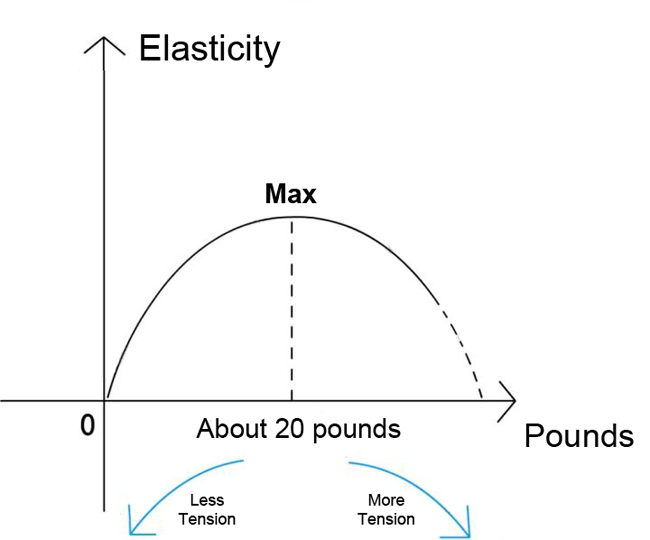The stiffness of a badminton racket plays an important role in how it behaves. For a stiffer racket, it can be quite hard for you to bend or flex it. If you start to play badminton, you may face a problem where you don’t have the required skills to swing the racket fast enough to make it flex.
Thus, beginners can better choose flexible versions of rackets because they can flex the racket much more easily. With that, they can possess more power for the same effort when they swing.
You will find that the top-end rackets have stiff or extra stiff ratings. The reason is that more stiffness gives more control. This works because the racket does not bend as much, and so there is less movement of the racket head-on impact with the shuttlecock.
This gives you more control than a more flexible racket does. The most expensive rackets are geared towards offering this control, and they are aimed at advanced players.
The manufacturers assume that you can already swing fast enough to get the power if you buy one of these stiff versions. You just need extra control over your shots, hence the extra stiffness. You have to make sure that you can use these kinds of rackets before you spend your money on them. Again, it will all come down to you and your skill level.
Problems of Racket with Over Stiffness
Another problem with the very stiff designs is that they can cause injuries. Vibration is a major disadvantage with stiff rackets because you feel every impact just a little more than a more flexible racket.
The disadvantage of the flexible rackets is that they are harder to control, although this is all down to personal preference. Many players are totally comfortable with flexible rackets and do not need to move up to the stiff models.
If you look at the product descriptions of some of the most popular racket makers like Yonex, you can often find little clues as to the stiffness rating.
For example, the Nanospeed series have the 9000S and the 9000X. In this case, the “S” refers to stiff, and the “X” refers to extra stiff. You will also find this information, hopefully, from the actual description of the badminton racket.
There are many manufacturers on the market these days, all trying to make you buy their products over the next one, and each one has its own strengths and weaknesses and its own way of making rackets. The next post will take a look at some of the more popular badminton brands.
Read also: How Are Badminton Rackets Made
What is mean by a badminton racket with higher tension?
The relationship between tension and elasticity is an open parabola. The high tension we will discuss is referred to as the phenomenon of tension on the right side of the parabola.
If each shot is a calculation and implementation process of the adult brain and the muscle tissues, the formula will be as follows:
Control = the strength of the player + racket elasticity + string elasticity
After training, the person’s strength will become stronger, and he will start to have better control ability. But the supplement of the latter two elastic forces is getting smaller.
Another advantage is that a player can control his own power as long as they control their own strength, instead of depending on the elasticity of the racket and the string.
This means when we are not strong enough, we have to rely on the stiffness of the racket. And when the elasticity of the string is added, we start to get more strength.
After being simplified, you can pursue a higher level of combination of equipment with techniques. This is why advanced players tend to use stiffer rackets with higher pounds.

